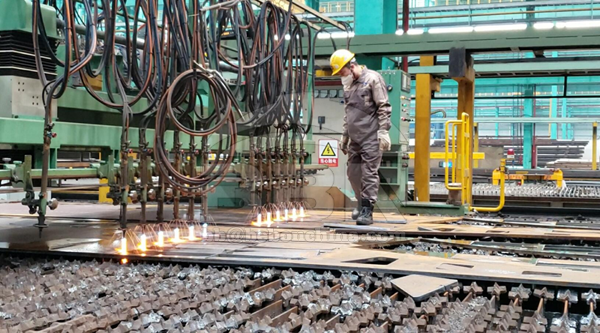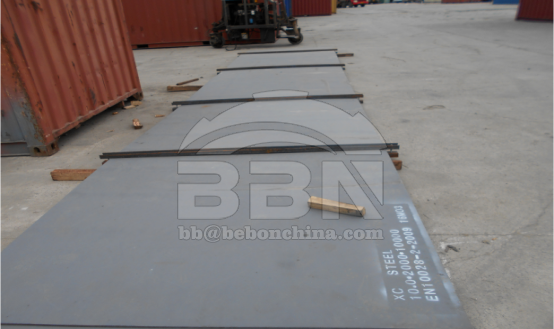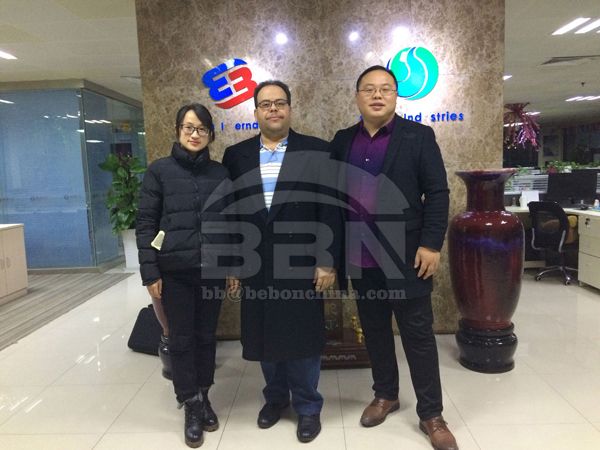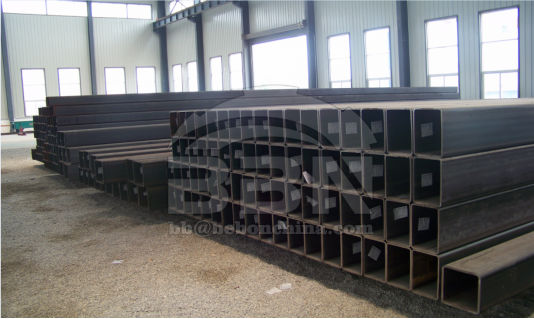
304, 316, and 316L are common grades of stainless steel, and there are some key differences between them. 304 stainless steel is one of the most commonly used stainless steels, with good corrosion resistance and processability, suitable for general use. However, 316 and 316L stainless steel are more outstanding in terms of corrosion resistance.
316 stainless steel contains more chromium and nickel, making it more corrosion-resistant, especially in chloride environments. 316L is a low-carbon version of 316, which reduces the risk of intergranular corrosion and provides better welding performance.
In contrast, although 304 performs well in many applications, it may not be ideal in situations where higher resistance to corrosion is required. 316 and 316L stainless steel are typically chosen for use in fields such as chemical, marine, and medical industries that require higher corrosion resistance, especially in high chloride environments or high temperature conditions. Therefore, when selecting the appropriate grade of stainless steel, its mechanical properties, corrosion resistance, and processability should be considered based on specific application requirements and environmental factors.
Just like you, 70% customers choose long-term cooperation with BBN steel not only for our good product and service quality, good reputation in the international market, but also for our experienced one-stop raw material supply and further steel processing!








Henan BEBON Iron&Steel co.,ltd.